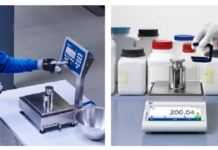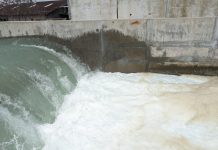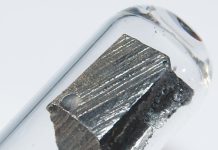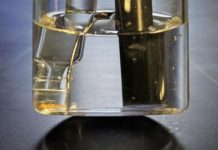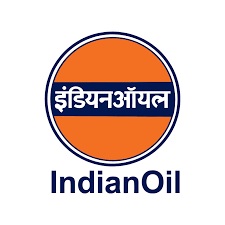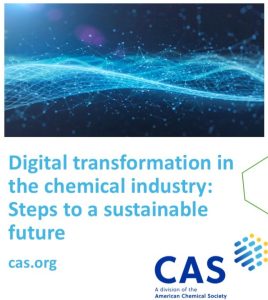The Indian Oil Corporation’s (IOC) Gujarat Refinery in Vadodara is making a strategic shift by investing ₹24,000 crore to diversify into the petrochemicals sector. As part of this plan, it will commission two major petrochemical units in 2025.
Preparing for a Changing Energy Landscape
Biplob Biswas, Executive Director and Refinery Head of Gujarat Refinery, emphasized the need to adapt to the rapidly changing energy sector in India.
“Fuel demand is expected to decline in the next 10–15 years. To remain future-ready, we are diversifying into petrochemicals and other sectors to ensure IOC’s long-term survival,” he said.
New Products to Strengthen Portfolio
Currently, the refinery manufactures Linear Alkyl Benzene (LAB), used as a base material in soaps and detergents, and Sulphur Bentonite in limited quantities. However, starting this year, it will begin producing Polypropylene and Butyl Acrylate, both critical raw materials for the paints, coatings, and plastic industries.
- Polypropylene Unit: Capacity of 500 KPTA
- Butyl Acrylate Unit: Capacity of 150 KPTA
- LAB Unit Upgrade: Capacity increased from 120 KPTA to 162 KPTA
Petrochemicals to Form 15% of IOC’s Product Mix by 2030
As reported by thehindubusinessline, currently, petrochemicals account for less than 5% of IOC’s product portfolio. However, the company aims to increase this share to 15% by 2030. The Gujarat Refinery, with a refining capacity of 13.7 million tonnes per annum (MTPA), forms a key part of IOC’s 80.55 MTPA total refining capacity.
Historic Growth and Future Expansion
Originally commissioned in 1965 as a 2 MTPA refinery, the IOC Gujarat Refinery has grown significantly. It reached its current 13.7 MTPA capacity in 2001. However, it did not expand further for more than two decades.
Biswas explained,
“During that period, several major refiners emerged in Gujarat, so fuel supply was sufficient. Now, with rising demand and supply constraints, we are ramping up capacity.”
Meanwhile, between 2001 and 2025, the refinery focused on fuel quality upgrades to meet evolving emission standards—BS-II, BS-III, BS-IV, and BS-VI.
Sourcing Crude from Domestic and International Markets
The refinery sources crude oil from domestic fields in Mehsana and Ankleshwar. Additionally, it imports low and high sulphur crude from Russia, Nigeria, the Middle East, and other countries.
Major Projects Powering the Expansion
LuPech Project (₹17,825 Crore)
Scheduled for commissioning by the end of 2025, the Petrochemical and Lube Integration (LuPech) Project will:
- Raise capacity from 13.7 MTPA to 18 MTPA
- Produce Polypropylene and Lube Oil Base Stock
- Include key units like:
- Indmax
- Octamax
- Propylene Recovery Unit
- MS Block – ISOM & NSU
- Lube Oil Block
- New VDU
- Polypropylene Unit
Acrylics/Oxo-Alcohol Project (₹5,894 Crore)
Also slated for 2025, this project at Dumad aims to reduce dependency on imports by producing Butyl Acrylate—a crucial input for paints, adhesives, and textiles.
Key units include:
- Acrylic Acid (AA) Unit
- Normal Butyl Alcohol (NBA) Unit
- Syn-Gas Unit
- Hydrogen Unit
- Butyl Acrylate (BA) Unit












